Advertisements
Advertisements
The figure given below shows the early stage of the development of microsporangium.
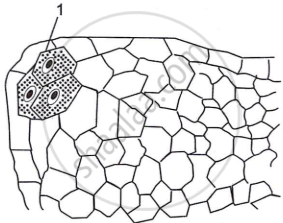
Name the hypodermal cell labelled '1' which divides periclinally.
Concept: Introduction of Sexual Reproduction in Flowering Plants
The diagram given below shows the three types of endosperms in angiosperms.
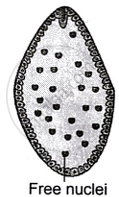 |
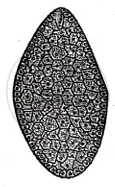 |
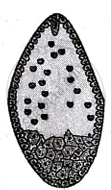 |
| Type 1 | Type 2 | Type 3 |
- Identify the three types of endosperms shown above.
- Name the type of endosperm which commonly occurs in polypetalous dicots.
Concept: Post Fertilisation in Plant: Structures and Events > Development of Endosperm
A male plant bearing red flowers was crossed with a female plant bearing yellow flowers. In the F1 generation, all the flowers were orange in colour.
Give a reason to explain the change of colours in F1 generation.
Concept: Parts of Flower > Essential Parts of Flower: Androecium
The diagram given below is the L.S. of a typical fruit.
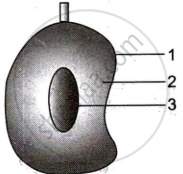
- Identify the parts labelled '1', '2' and '3'.
- State the difference between a true fruit and a false fruit.
- What is the significance of the formation of fruit in angiosperms?
Concept: Significance of Seed Dispersal and Fruit Formation
Draw a neat and well labelled diagram of T.S. of anther.
Concept: Parts of Flower > Essential Parts of Flower: Androecium
Draw a neat and well labelled diagram of T.S. of the mammalian ovary.
Concept: Introduction of Sexual Reproduction in Flowering Plants
| Meena had grown Rose and China-rose plants in her garden. She collected pollen grains from China-rose plants and sprinkled them on the stigma of the Rose flowers, as she wanted to grow a hybrid variety of Rose. |
- Will this pollination give the desired results? Give a reason for your answer.
- What is geitonogamy? Why is it considered equivalent to cross-pollination in ecological context and self-pollination in genetic context?
Concept: Introduction of Sexual Reproduction in Flowering Plants
The number of chromosomes in the leaf cells of a male plant is 40 and in the stem cells of a female plant is 60. If they are artificially hybridised, what will be the number of chromosomes in the endosperm?
Concept: Post Fertilisation in Plant: Structures and Events > Development of Endosperm
What is the advantage of growing apomictic seeds in crop improvement?
Concept: Significance of Seed Dispersal and Fruit Formation
Name the pollinating agent of a flowering plant with large and coloured flowers with sticky stigma. State one characteristic feature of the pollen grains produced in such flowers.
Concept: Pollination
Scientific term for the surgical removal of a section of fallopian tube.
Concept: Fertilization and Implantation
Mention one significant difference between Hormones of ovulatory phase and hormones of luteal phase
Concept: Menstrual Cycle (Ovarian Cycle)
Give reasons for the following:
Testes descend into the scrotum before birth.
Concept: Microscopic Anatomy of Testis
Define Placentation
Concept: Fertilization and Implantation
State three functions of the placenta
Concept: Fertilization and Implantation
Give a significant point of difference between Oestrous and Menstrual cycle.
Concept: Menstrual Cycle (Ovarian Cycle)
Define lifespan. Give the lifespan of an elephant
Concept: Embryo Development Upto Blastocyst Formation
Draw a labelled diagram of L.S. of human testis.
Concept: Human Reproduction > The Male Reproductive System
Define Reproductive health
Concept: Human Reproduction > The Male Reproductive System
Define Amenorrhea
Concept: Menstrual Cycle (Ovarian Cycle)
